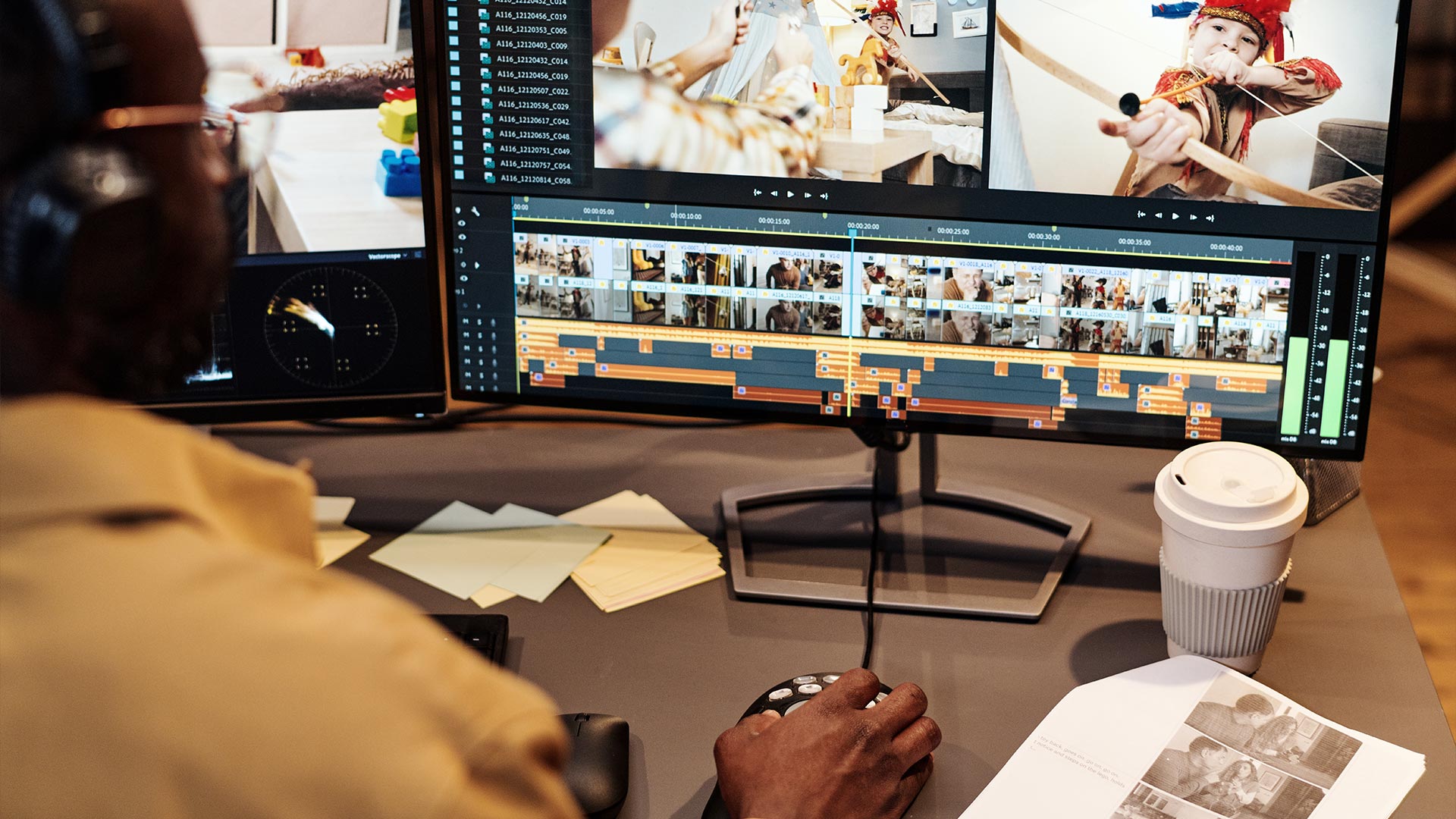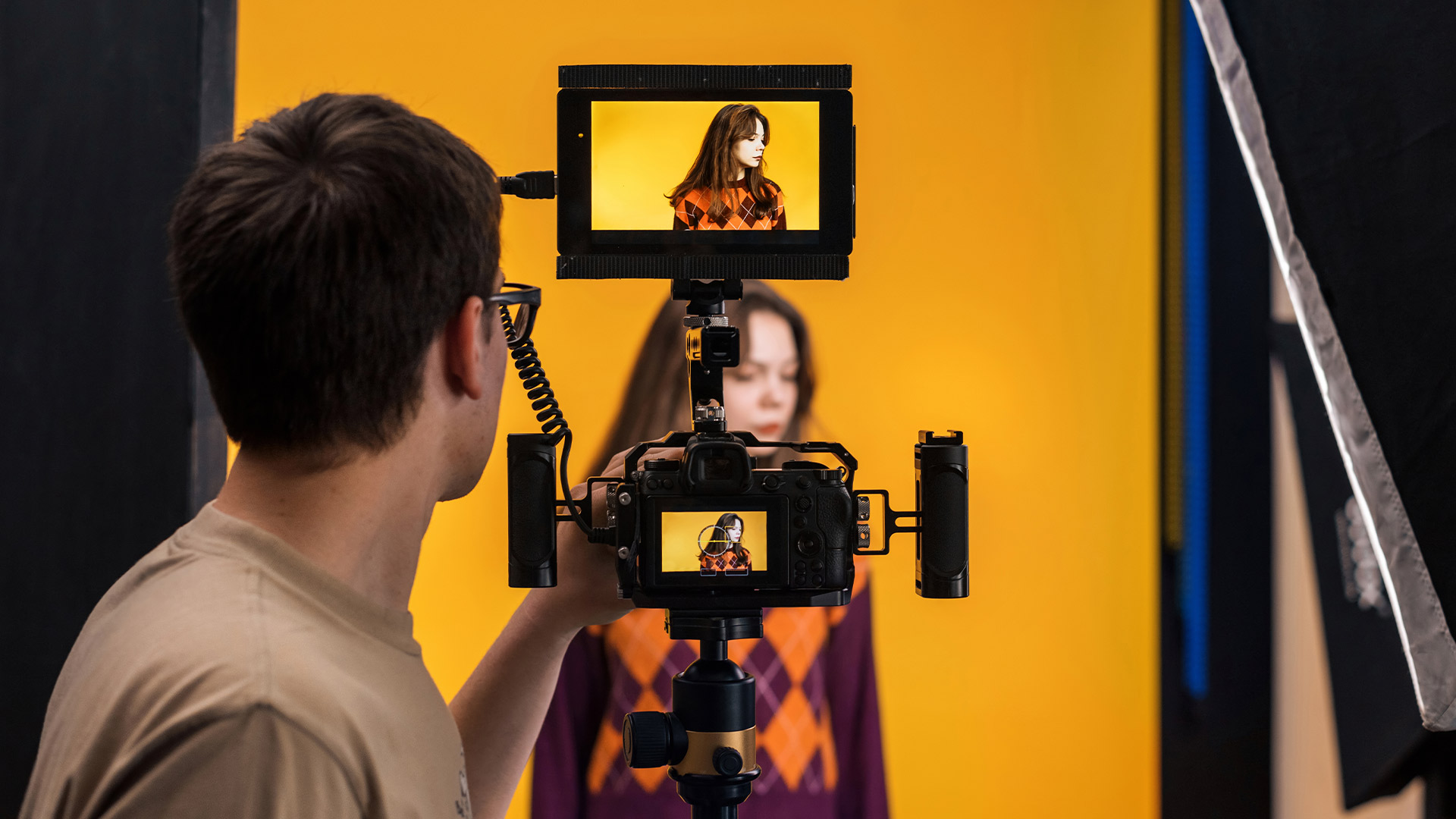Let’s be real: no one wants to be the “try-hard” on social media. You know the one—too many punchlines, forced reactions, maybe even a bad wig. But at the same time, humor is one of the fastest ways to connect with people and go viral.
So how do you actually be funny on camera… without making everyone cringe?
The good news: you don’t have to be a stand-up comic. You just need timing, a little self-awareness, and the courage to keep it casual. Let’s break down how to use humor the smart way in short-form videos.
Start with What’s Real and Slightly Ridiculous
The funniest stuff is often rooted in truth. Especially the embarrassing, awkward, or “too relatable” kind of truth.
Instead of trying to invent a joke, think about:
- That time you tried a recipe and your oven literally smoked
- The moment you walked into a Zoom call and realized your mic was on mute mid-rant
- Your daily coffee ritual that looks more like a science experiment than breakfast
If it made you laugh—or groan—it probably will hit with viewers too.
Keep the Setup Snappy
Humor dies in over-explaining. If your punchline takes 30 seconds to land, it won’t land at all.
A good rule: the setup should be short, and the payoff should come fast. Like:
- “Here’s how I absolutely failed trying to be a minimalist”
- “I tried meditating but ended up arguing with my cat”
- “Watch me try to act normal while wearing pants that don’t fit”
You don’t need a backstory. Just dive in and let the funny unfold on its own.
Let Your Reactions Do the Talking
Sometimes your face is funnier than anything you could script. Don’t underestimate the power of a good eye-roll, a dramatic sigh, or a completely blank stare into the camera.
Instead of explaining how annoyed you were, just show it. Add in:
- Zooms on your expression
- Awkward silence moments
- Background music that makes it even funnier (think: circus music, dramatic violins, lo-fi chaos)
Your delivery is half the joke. Let your reactions carry the comedy.
Use Text for Timing and Punch
If you’re not saying much on camera, on-screen text can still carry the humor—especially when timed right.
You can:
- Drop in a sarcastic caption just after a visual fail
- Use brackets or inner-thought text like: [regret intensifies]
- Insert fake “Google searches” to show panic, confusion, or irony
Don’t overdo the text. One-liners are better than full-on essays. And avoid the bright red Comic Sans. Please.
Play the Straight Man
One classic humor trick? Act like the normal person in a world that’s lost its mind.
You can:
- Narrate ridiculous trends with a totally serious voice
- React to viral videos as if they’re documentary footage
- Make lists that start normal… then spiral
Example: Things that make me irrationally angry:
- Wi-Fi that says it’s connected but actually isn’t
- Socks that slide down in your shoes
- Peeling a sticker and it leaves that weird residue
- People who say 'let’s circle back
It’s dry. It’s observational. And it’s funny because it’s painfully accurate.
Try “If You Know, You Know” Jokes
Inside jokes aren’t just for friend groups—they work great in niche content. A little wink to your audience makes them feel like insiders.
Example:
- “If you’re a teacher in May, you’re not okay.”
- “Me trying to clean the kitchen without anyone noticing I broke the blender again”
- “Every millennial hearing the word ‘voicemail’: trauma unlocked”
The more specific the reference, the more likely someone’s going to tag a friend or comment “This is so me.”
Don’t Chase Funny—Find Your Version of It
There’s no one way to be funny. You don’t need to yell, wear costumes, or pretend to fall down (unless you want to). Some creators are dry and deadpan. Others are expressive and chaotic. Some lean into sarcasm, while others go full wholesome awkward.
The key is figuring out what feels natural for you. Then just turn that up a little.
What works:
- Talk like you talk with friends
- Keep in your weird phrases or pet peeves
- Don’t be afraid of silence, pauses, or saying nothing at all
If it makes you laugh while editing, it’s probably worth posting.
Avoid the “Trying Too Hard” Traps
Here’s where humor backfires:
- Over-editing the punchline: If the joke needs five cuts, three zooms, and sound effects to land, it’s not ready.
- Repeating trends without a twist: If you’re doing the same dance or voiceover as everyone else, add something—a reaction, a twist, a caption.
- Being loud for no reason: Screaming or fake energy can come off as annoying if it doesn’t match your vibe.
- Forcing the joke: If you’re trying to be funny on a topic that doesn’t fit your style, it’ll feel fake—and people can tell.
Keep it simple. If the joke doesn’t work, skip it. Or post it and move on. Not everything has to hit.
Humor Works Best When It’s Not the Only Thing
Funny content gets attention—but funny and useful, or funny and relatable? That’s where the magic is.
Try:
- Humor in a tutorial (“How not to use a slow cooker—featuring my burnt soup”)
- Humor in a storytime (“I went to a job interview with two different shoes on”)
- Humor in lifestyle content (“My anxiety vs. my to-do list: a performance”)
When comedy supports your content instead of overpowering it, it feels effortless—even when it’s not.




